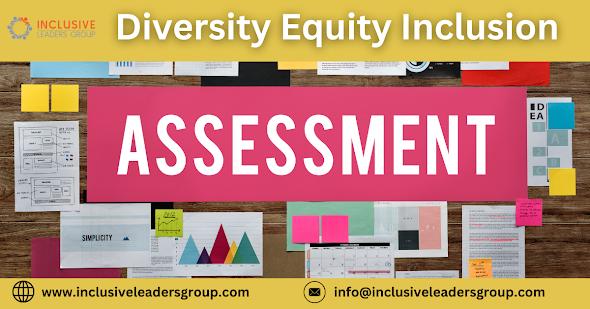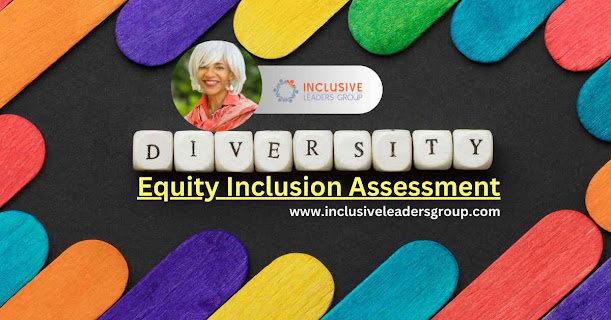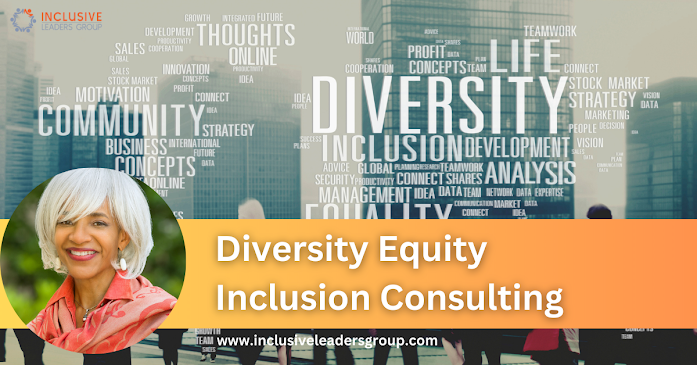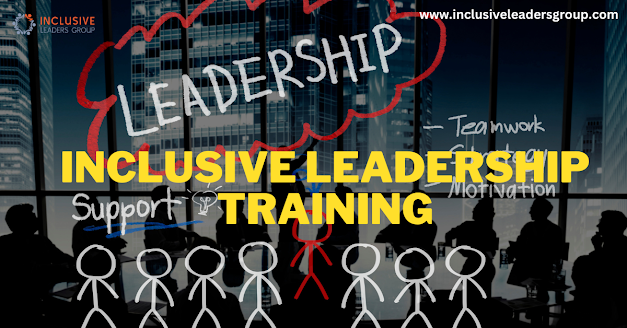What is Key Components of a Diversity Equity Inclusion Assessment?
Key Components of a DEI Assessment
1. Data Collection and Analysis
Gathering and examining pertinent data, including demographic data, employee surveys, and engagement indicators, is the first step in a Diversity Equity Inclusion Assessment. Organizations can use this data to spot trends, inequities, and places where equality and inclusivity may be lacking.
2. Organizational Culture Evaluation
When evaluating an organization’s culture, it is important to look at its norms, beliefs, and practices to see how they relate to DEI principles. This assessment helps to pinpoint opportunities for increasing diversity and fairness as well as cultural impediments.
3. Policies and Practices Review
It is critical to review current policies and practices to see how well they correspond with DEI goals. Examining recruiting, promotion, and compensation procedures is required to spot any potential prejudices or obstacles that can prevent diversity and inclusion.
4. Employee Engagement and Feedback
Employee experiences and views can be better understood by soliciting input from them via surveys, focus groups, or private reporting systems. This feedback assists in identifying areas that can be improved to increase inclusivity and equity.
5. Training and Education Programs
To make sure they are effective and contribute to a more inclusive and equitable workplace, it is crucial to evaluate the effectiveness of training and education programs on DEI subjects. This assessment aids in discovering development gaps and prospects.
6. Accountability and Measurement
To monitor progress and guarantee that DEI goals are reached, it is essential to establish explicit metrics and accountability measures. Organizations may make data-driven decisions and alter strategies as needed with regular monitoring and measurement.
Conducting a DEI Assessment
Organizations should take a methodical and inclusive approach while conducting a DEI assessment. This usually entails hiring outside consultants or specialists with knowledge of DEI to ensure objective and thorough assessments. Data gathering, employee involvement, policy and practice reviews, and cultural evaluations should all be a part of the assessment process.
Interpreting Assessment Results
After the examination is over, it’s crucial to correctly interpret the results. This entails looking at the data, spotting trends and patterns, and figuring out the underlying reasons for any discrepancies or difficulties found. The interpretation must be approached with an open mind and a determination to make the required adjustments.
Developing an Action Plan for Improvement
Organizations should create a thorough action plan to address the identified gaps and opportunities based on the evaluation results. The action plan should outline particular tactics, projects, and due dates for putting DEI programs and policies into effect.
Implementing and Monitoring DEI Initiatives
All organizational levels must be committed to putting DEI initiatives into action. It entails highlighting the significance of DEI, offering resources and training, and promoting an inclusive culture. To track progress and make necessary corrections, regular monitoring and evaluation are required.
Measuring the Impact of DEI Efforts
Organizations should set up measurements and evaluation techniques to determine how effective DEI efforts are. By doing so, they can assess how their initiatives have affected employee engagement, retention, productivity, and overall organizational performance.
Overcoming Challenges in DEI Assessments
DEI assessments may encounter difficulties like change reluctance, a lack of data, or a lack of resources. Strong leadership support, stakeholder involvement, and a dedication to continual development are necessary to overcome these obstacles.
Best Practices for Sustainable DEI
Organizations should prioritize continuing education and training, promote an inclusive culture, support diverse leadership, and routinely evaluate and update policies and practices if they want to guarantee that DEI efforts are sustainable. DEI objectives can also be further supported by developing mentorship programs and employee resource groups (ERGs).
Conclusion
Assessments of diversity, equity, and inclusion are essential for businesses aiming to build inclusive and equitable workplaces. Organizations may address gaps, biases, and systemic barriers by performing detailed assessments and creating targeted action plans, which will result in positive change and improved business outcomes. While navigating the opportunities and difficulties of the modern world, organizations are strengthened by embracing diversity and fostering an inclusive culture.
FAQs (Frequently Asked Questions)
1. Why is diversity important in the workplace?
Increased innovation, creativity, and problem-solving result from the diversity of perspectives, experiences, and skills present in the workplace. It encourages a more egalitarian and inclusive setting where everyone can prosper.
2. How can organizations measure the effectiveness of their DEI efforts?
Through measures like employee engagement surveys, retention rates, diversity representation at all levels, and the effect of DEI initiatives on overall business performance, organizations can gauge the success of their DEI activities.
3. What are some common challenges in implementing DEI initiatives?
Resistance to change, a lack of knowledge or understanding, biases and unintentional prejudices, and a lack of resources or leadership support are common obstacles to implementing DEI programs.
4. How can organizations foster a culture of inclusion?
By encouraging open communication, offering diversity and inclusion training, supporting employee resource groups, putting inclusive policies and practices into practice, and guaranteeing diverse representation in senior roles, organizations can build an inclusive culture.
How to Deploy an Avatar Soundboard for Calling





Comments
Post a Comment